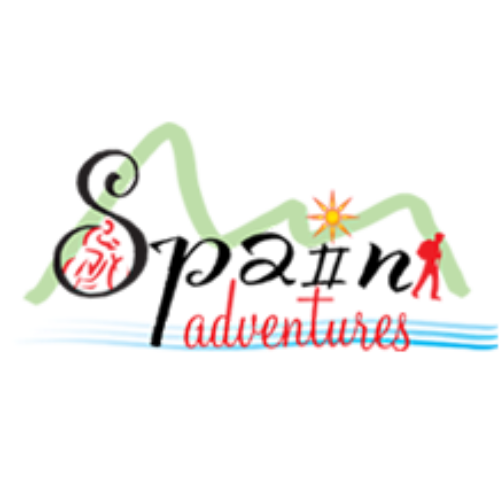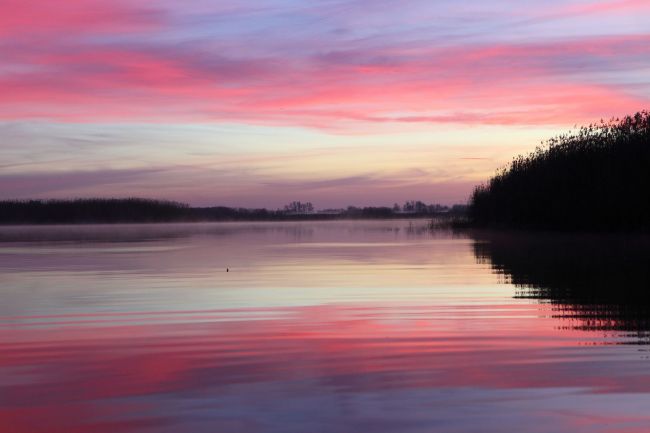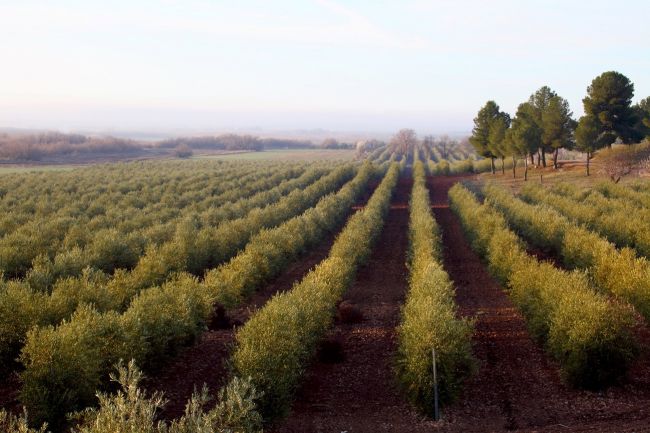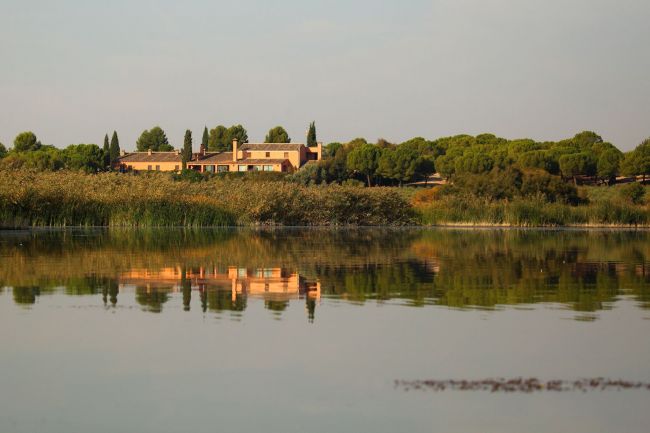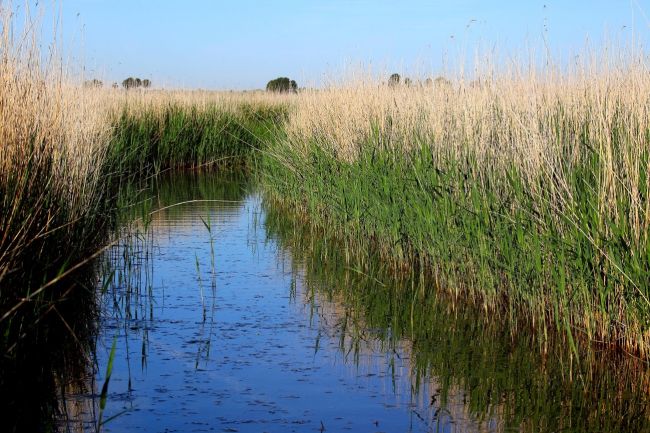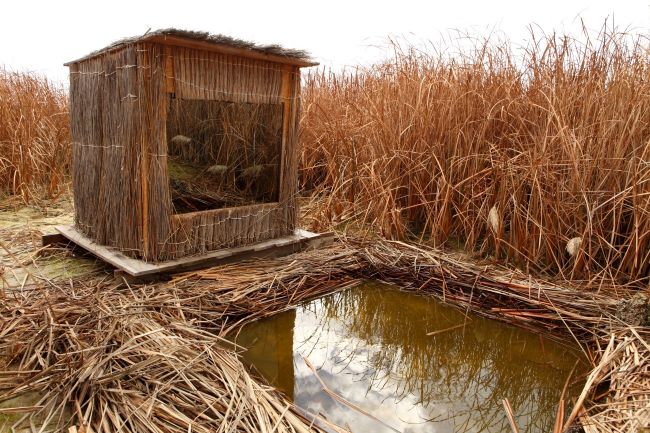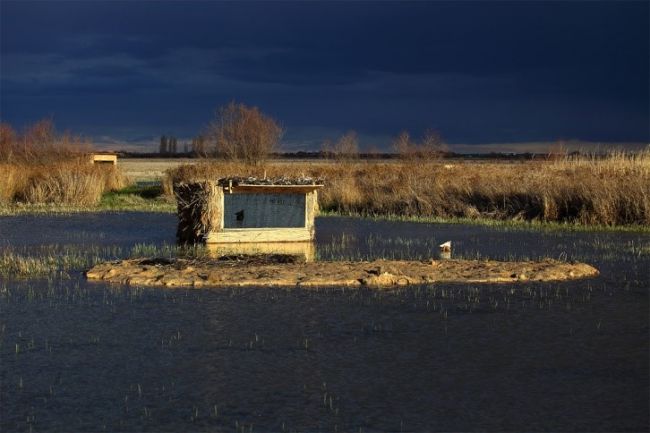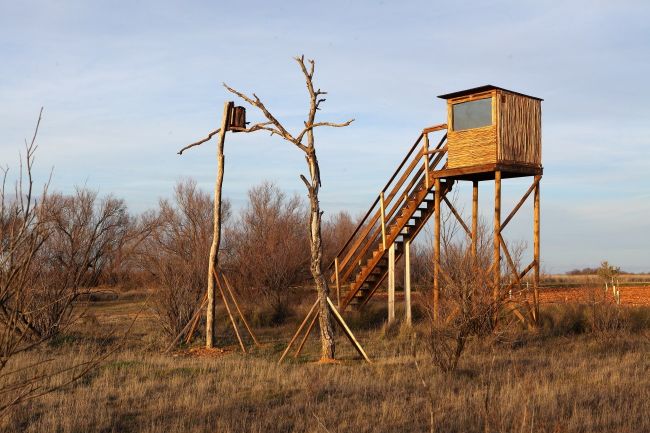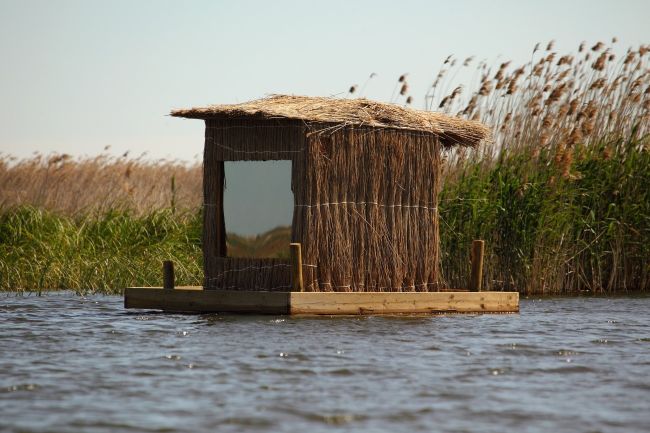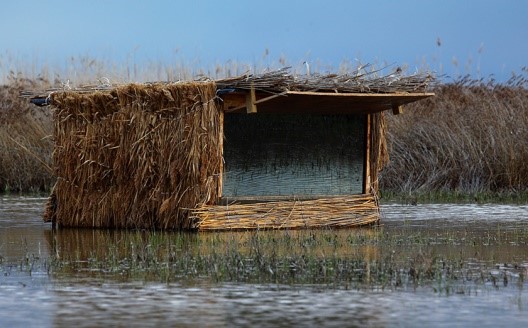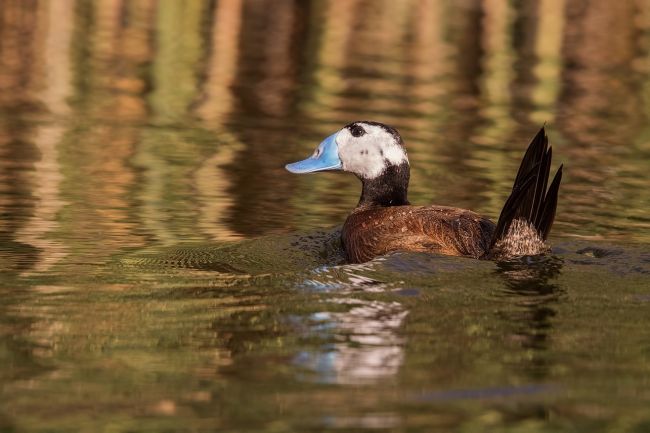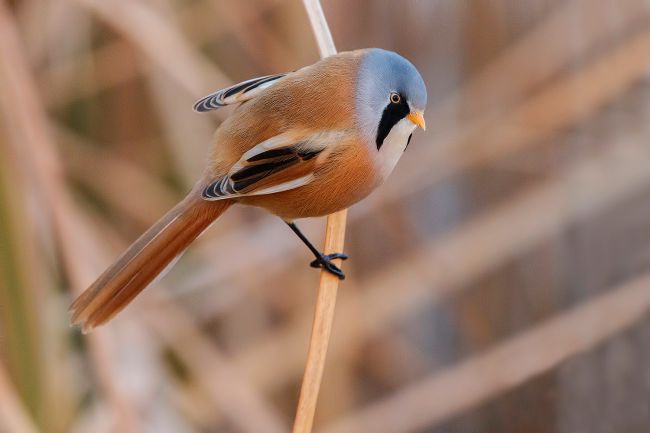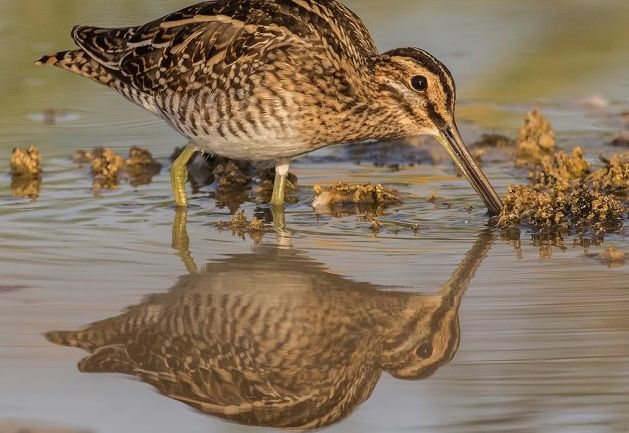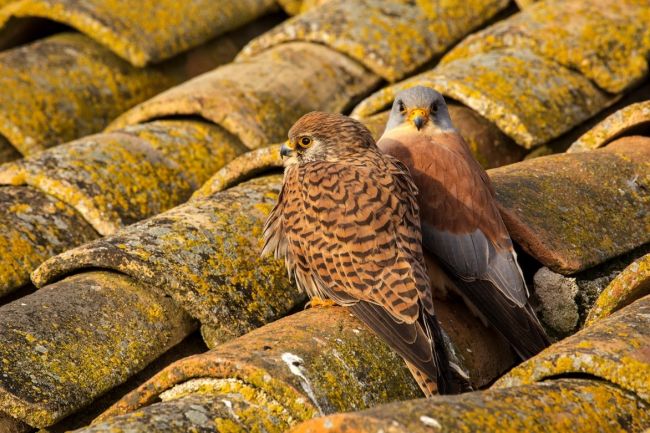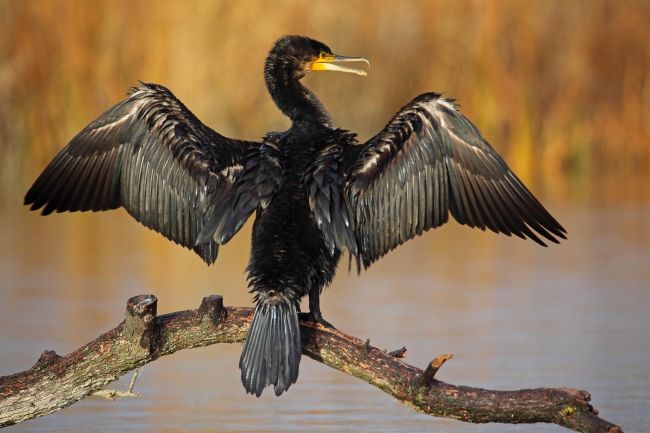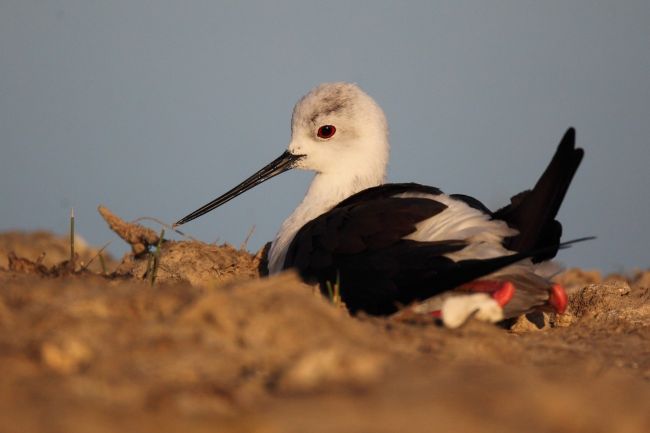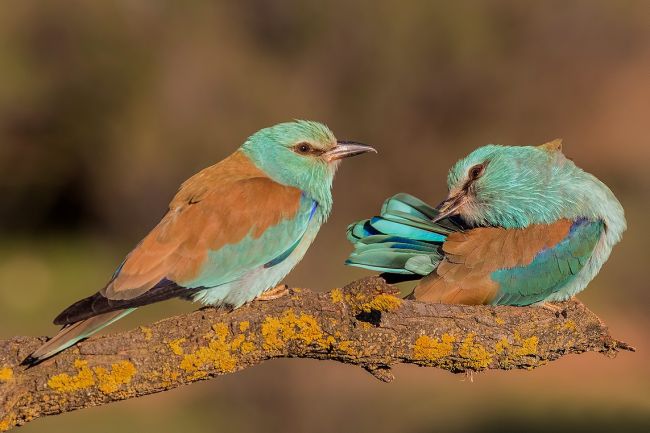This detailed description of this magical place was prepared by our photographer/ornithologist in Spain, Luis Frechilla. This adventure takes place on a 250 acre private estate located in the Southeast of the Toledo province. Most of the estate is occupied by a wetland of more than 988 acres, surrounded by a wide and well-developed belt of reed beds. This vegetation cover distinguishes this property from other lagoons in the surrounding areas and explains, to some extent, its importance for the breeding of aquatic and reed birds. Another 988 acres of wasteland are part of a flood plain where the dominant vegetation is the ´albardinal`, a type of habitat considered of conservation priority in the European Union. It is an area of low herbaceous plants and bushes, only interrupted by lines of tamarix trees along canals and small water courses. Finally, the rest of the estate is divided into agricultural lands and olive tree plantations that distributed along the Southern and Western margins of the property. The wetland is fed by the Riansares river, a seasonal water course that brings water mainly from December-January to June or July depending on the weather on Winter and Spring and is variable from one year to the next. As a consequence, the level of water at the lagoon rises during the Spring reaching its maximum level in the first weeks of the Summer, when it begins to descend again. With this process, the annual minimum is reached during the Autumn, when large areas of the lagoon, and most of the small ponds and lagoons surrounding the main one, are completely dry. According to this hydrological regime, the birdlife at the lagoon varies greatly along the year, reaching its maximum usually on September, when the property becomes an important stopover place for thousands of migratory birds, from herons and storks to waders and ducks. Besides that, the reedbeds become a favorite refuge for hundreds of small migratory birds like warblers, nightingales, wrynecks, chats, redstarts, flycatchers and so on. As Winter approaches raptors and cranes become the main characters at the lagoon. Raptors increase both in number and diversity, while cranes gather by thousands in some lonely corners of the wetland. At the same time, the reedbed serves as a sleeping refuge for half a million of Starlings that draw spectacular clouds of birds in the sky when they return to rest at the lagoon. Side by side with them, the Bearded Reedlings form compact flocks of dozens of birds, possibly representing the best population of this species in the whole of Spain. Slowly throughout the Spring, birdlife changes again with the return of the Summer visitors. From mid-April an interesting diversity of reed warblers returns to the reedbeds. Among them there are some scarce species such as the Mustached Warbler or the Eastern Iberian Reed Bunting, probably the scarcest subspecies of Reed Bunting, giving idea of the exceptionally good conservation state of the wetland. At the same time, Lesser Kestrels, Rollers, Scops Owls, Great Spotted Cuckoos, Pin-tailed Sandgrouses, Stone Curlews and Collared Pratincoles, occupy the habitats surrounding the lagoon, contributing to the high biodiversity of the estate.Photography Adventure
With Ron BielefeldBirds of Central & Northern Spain
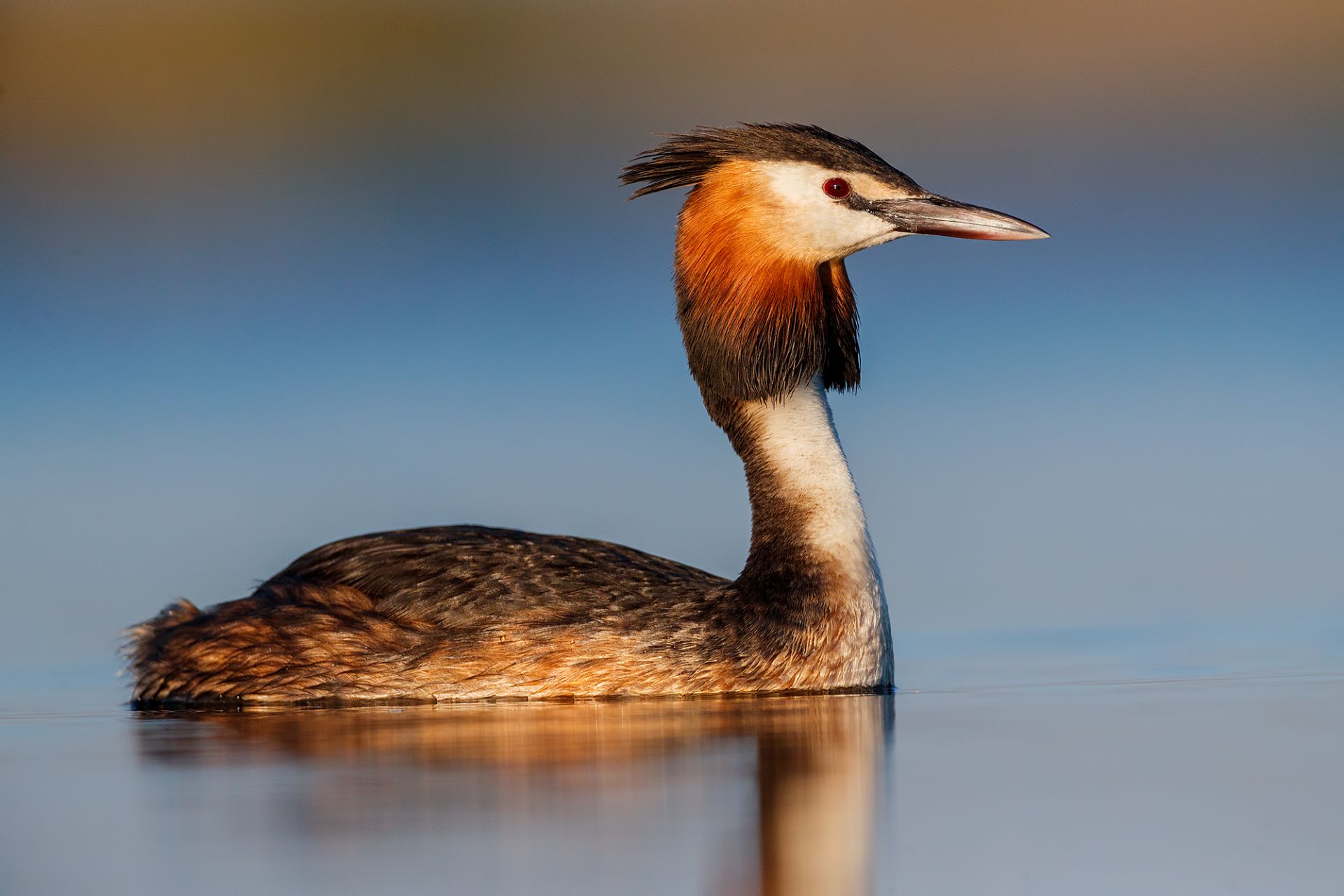
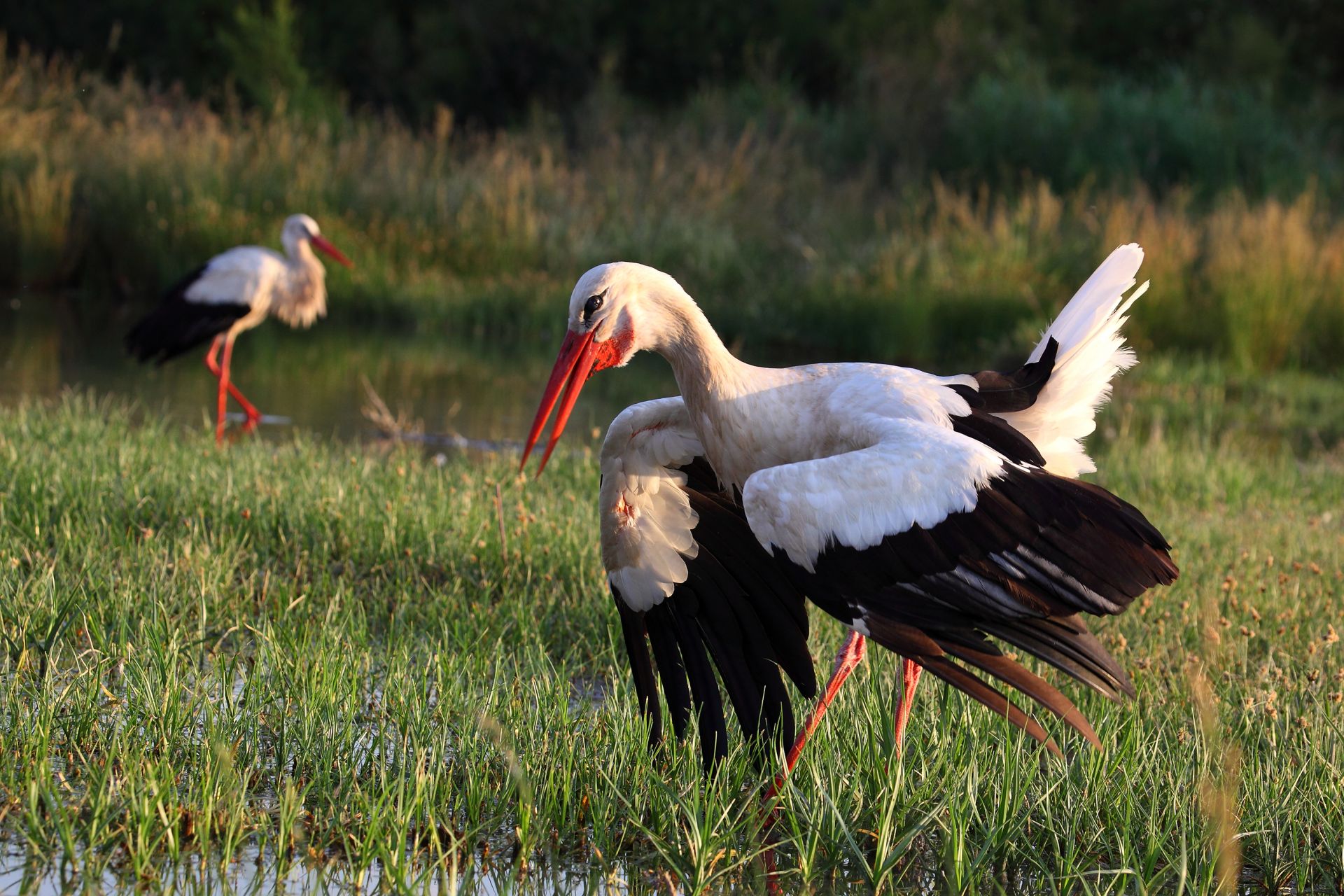
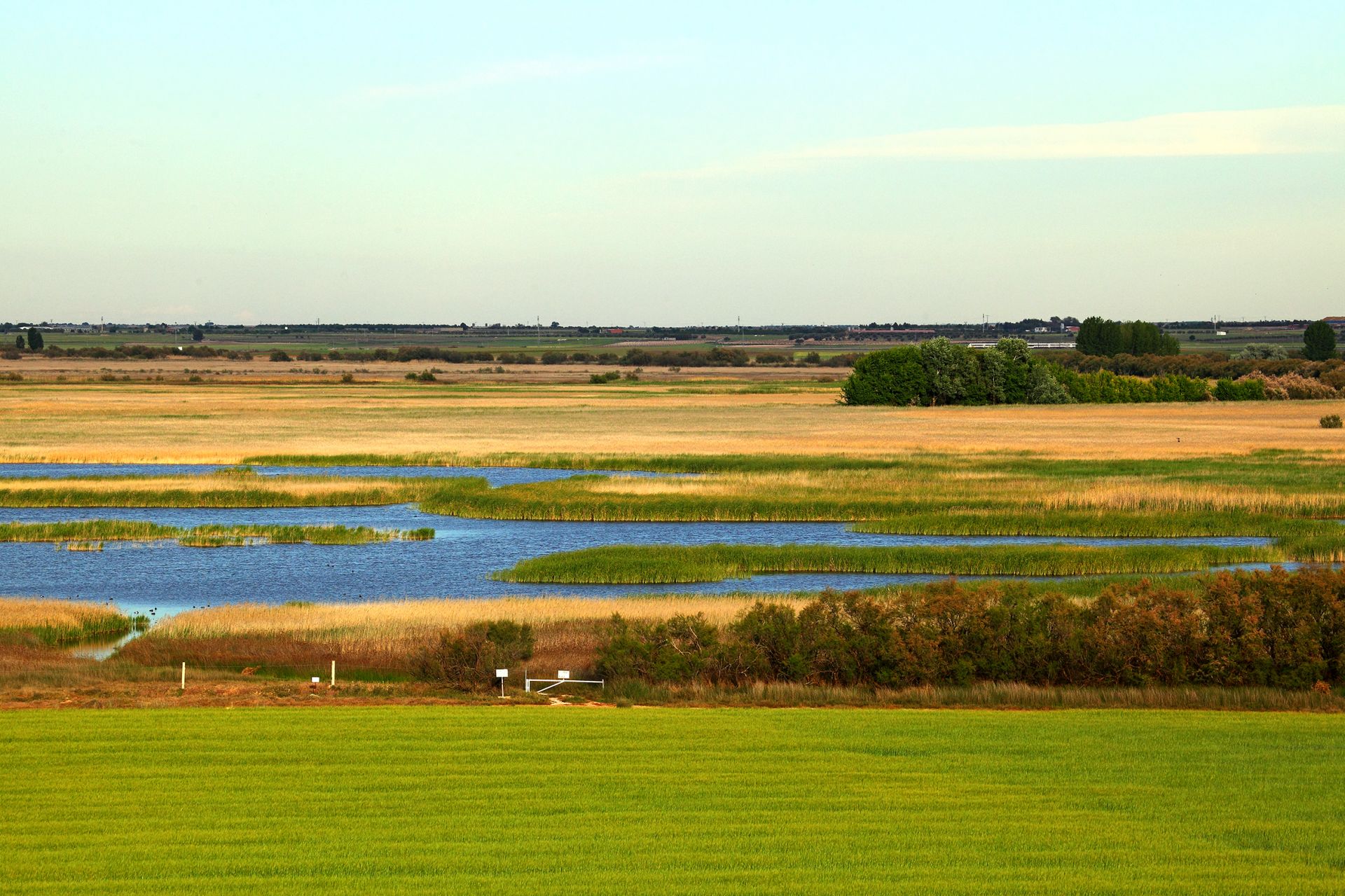
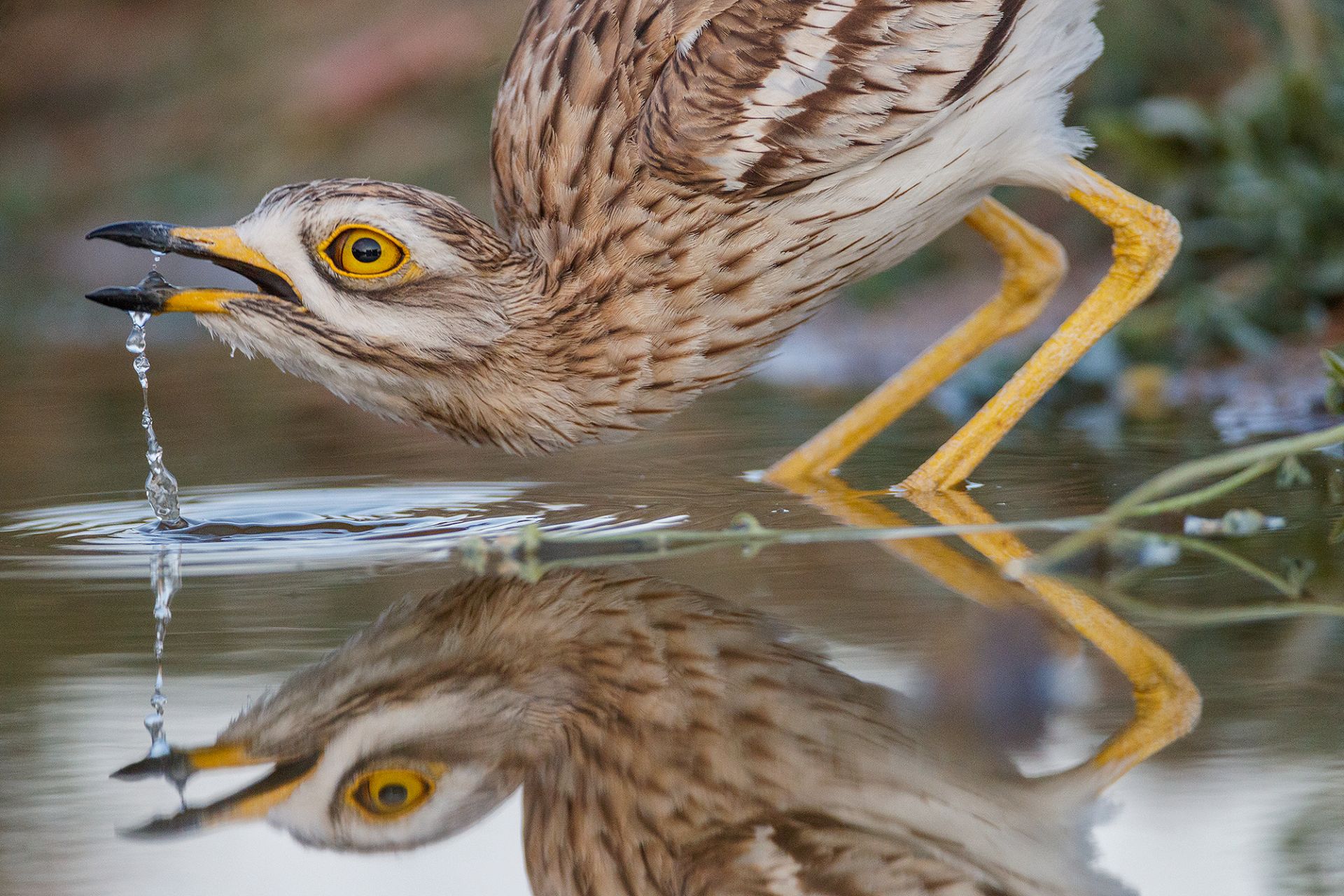
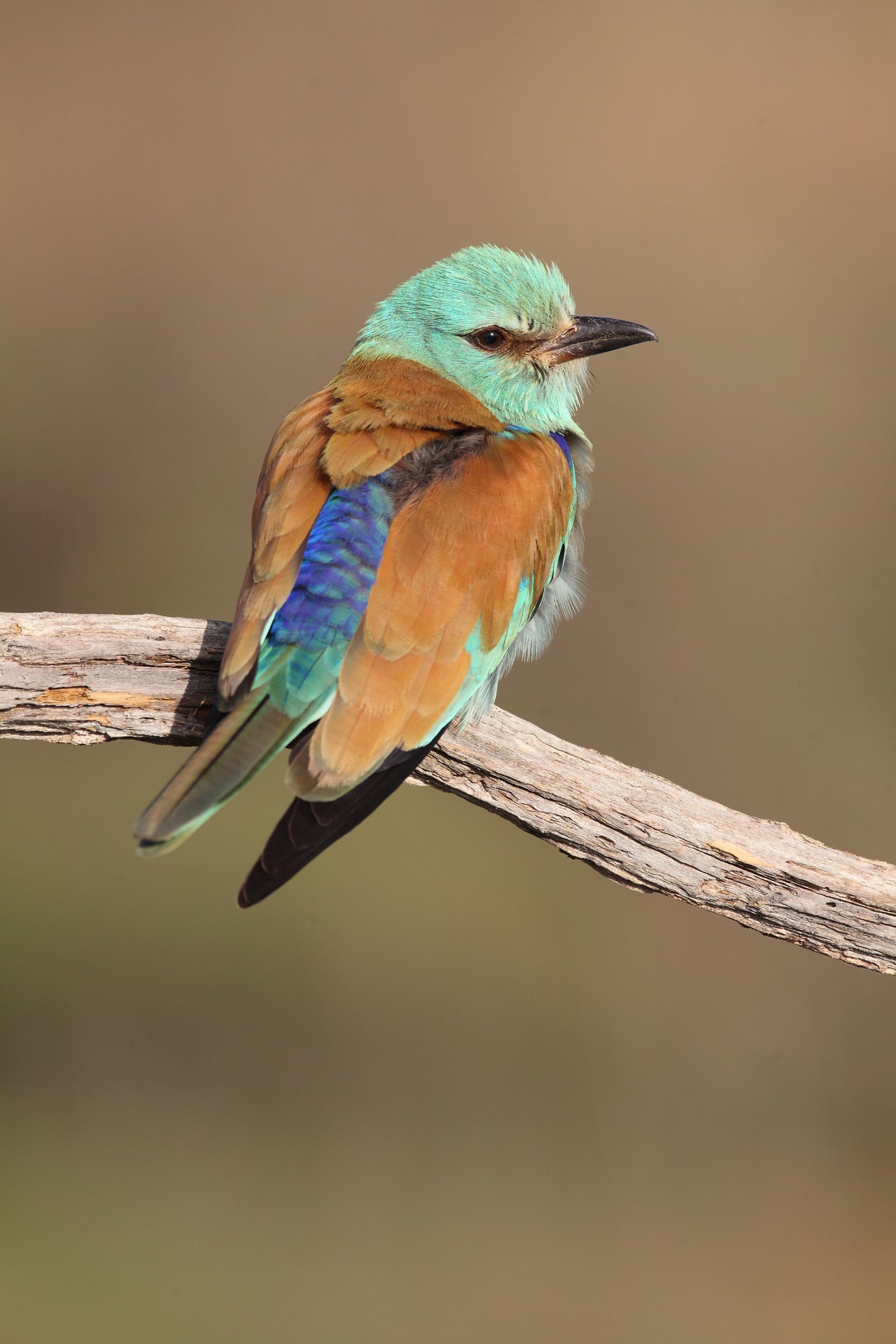
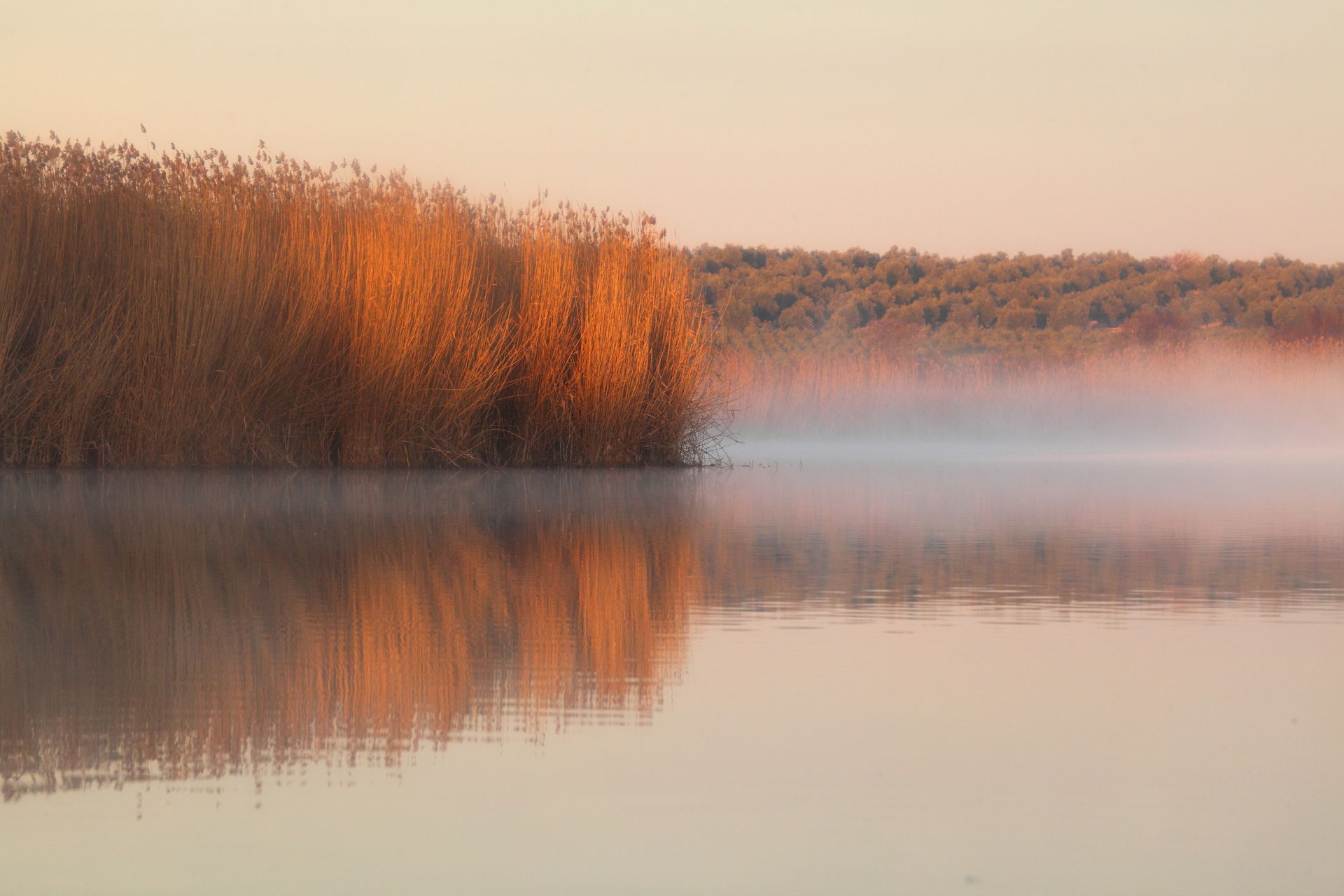
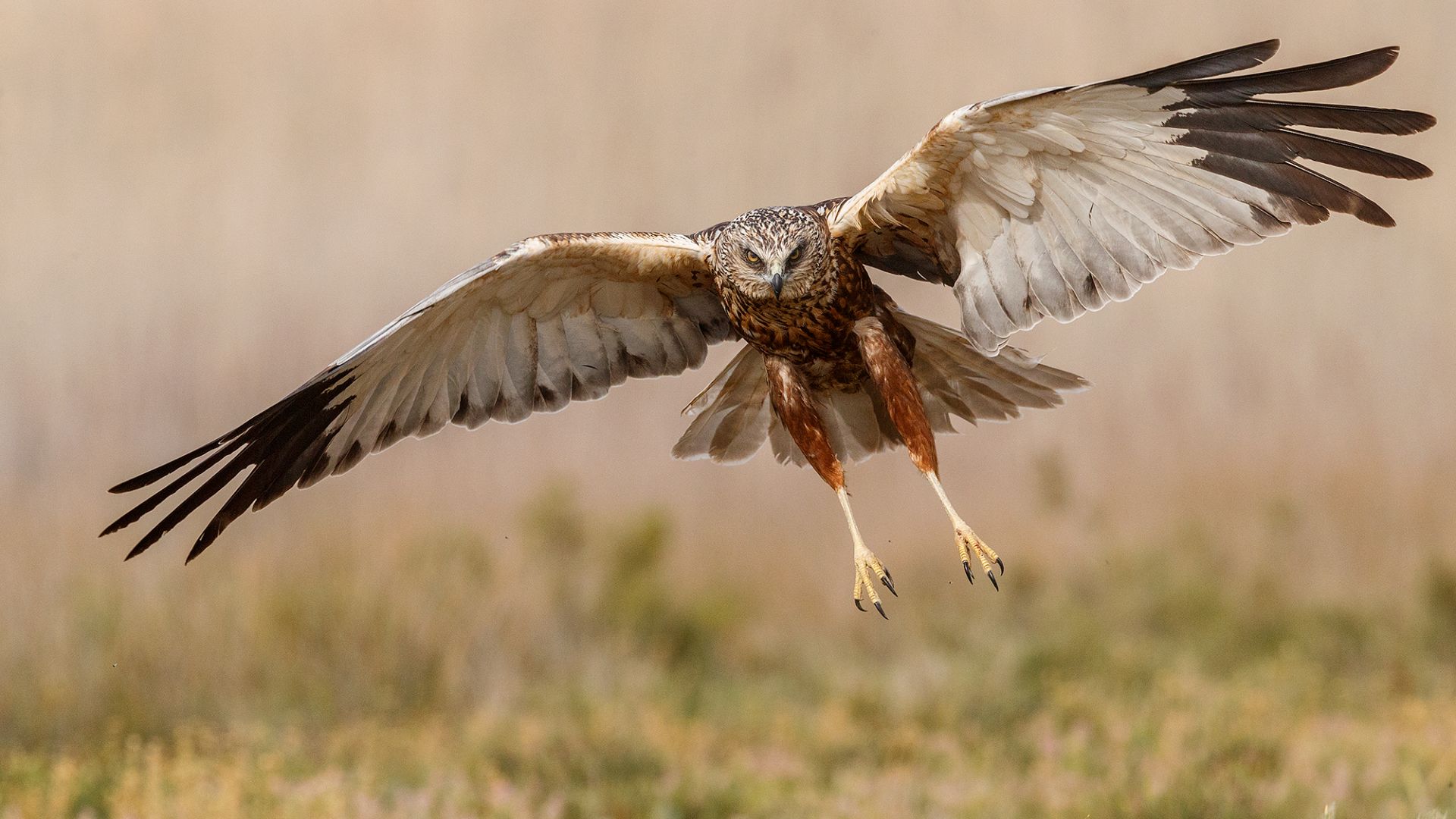
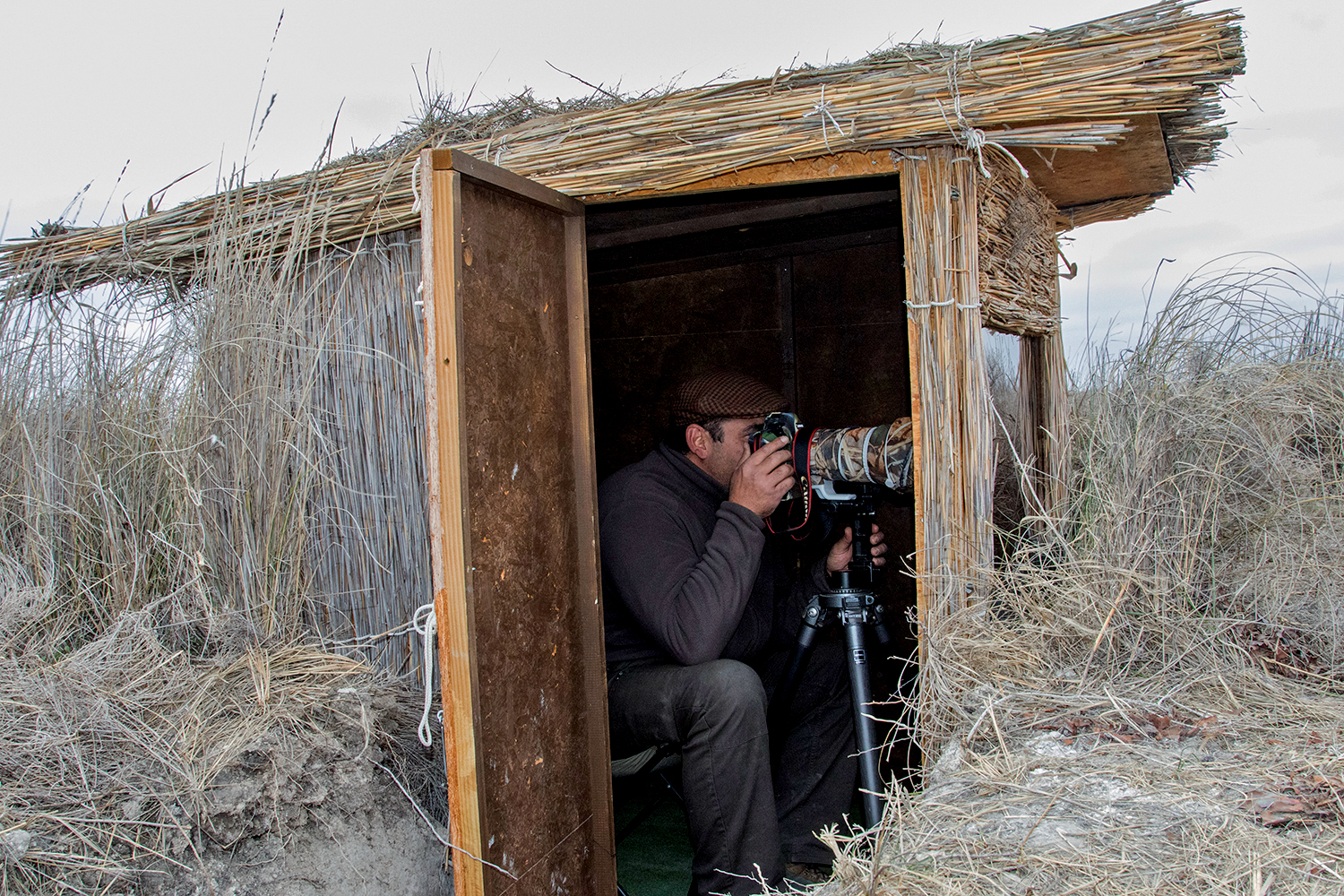
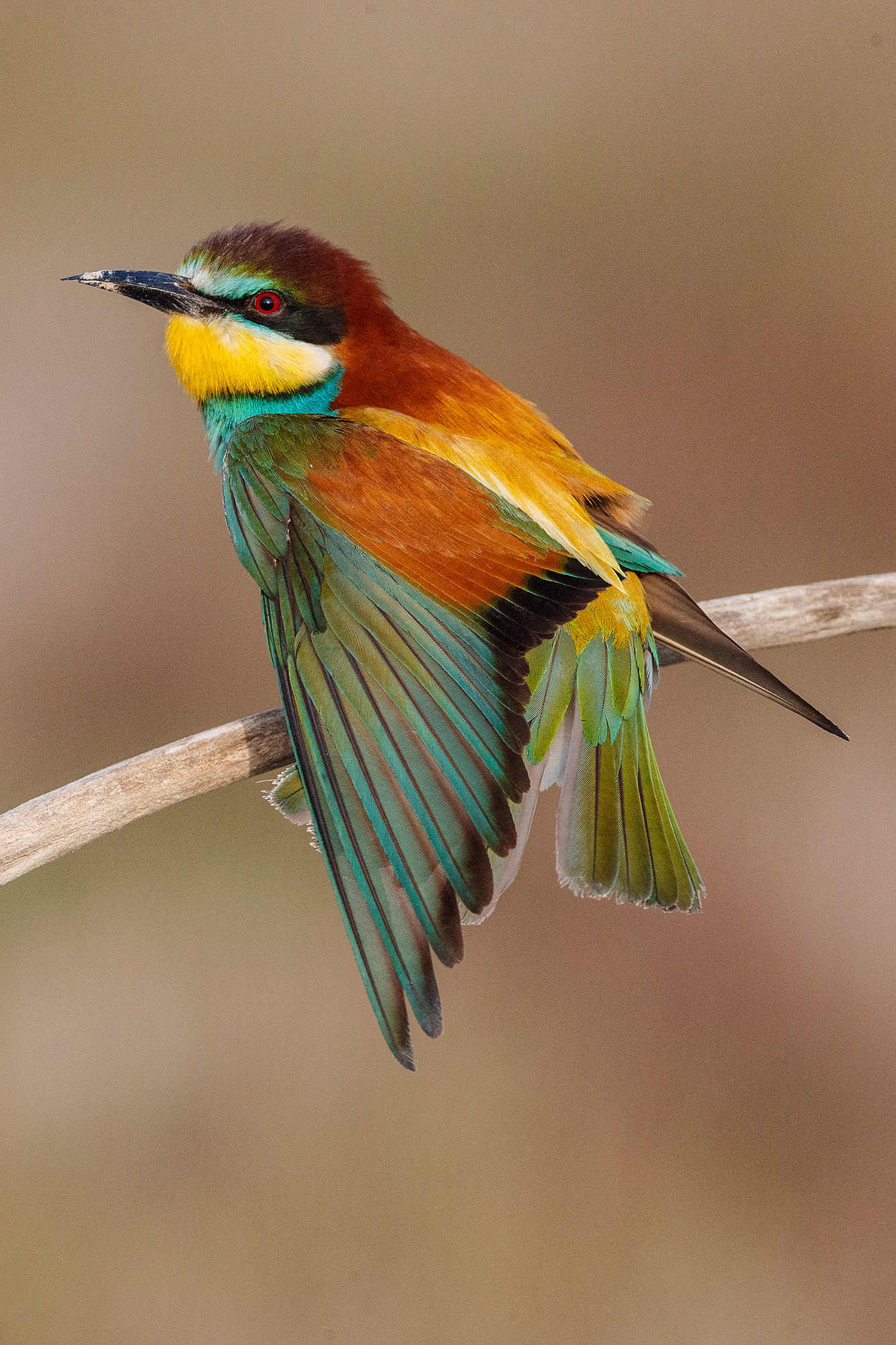
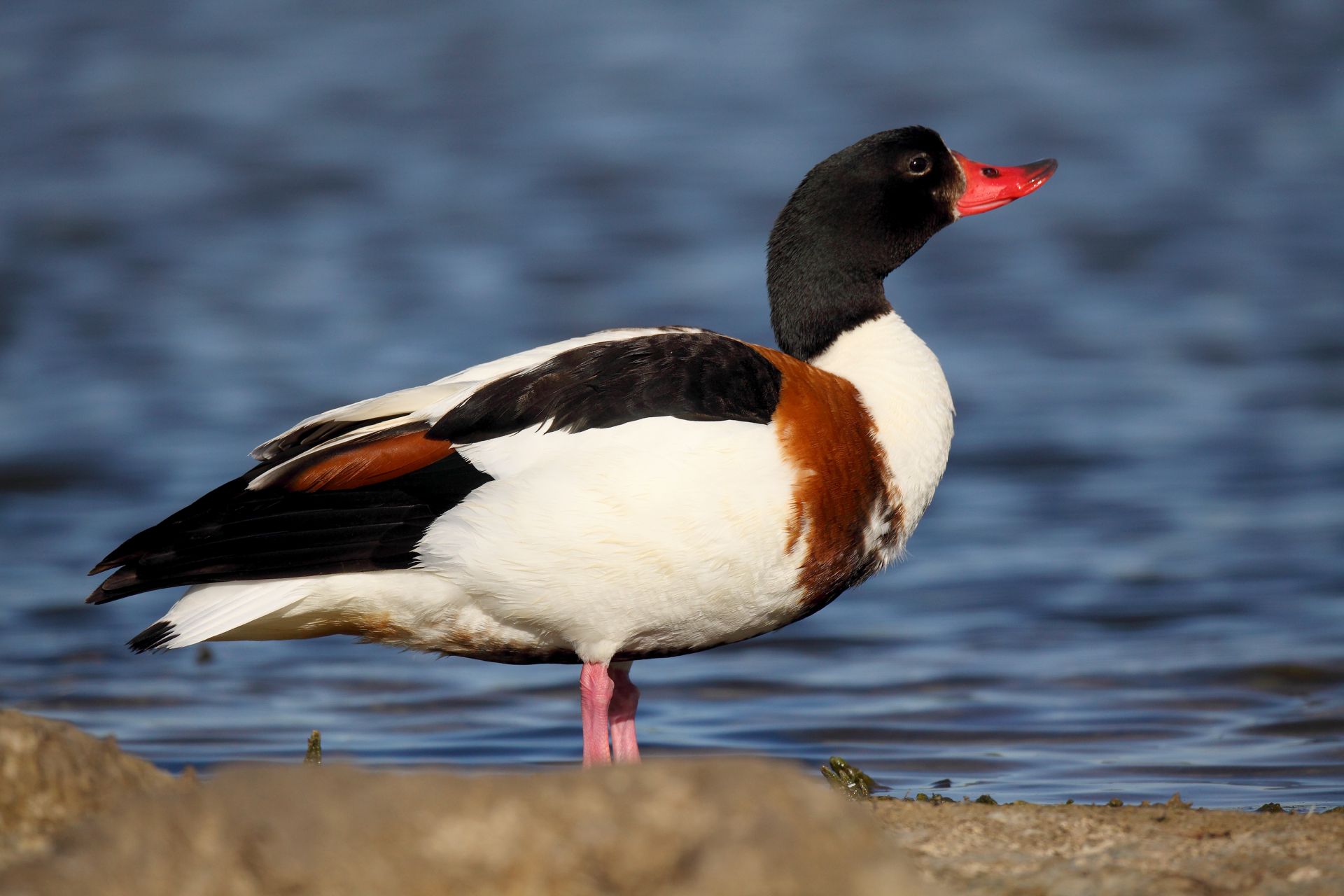
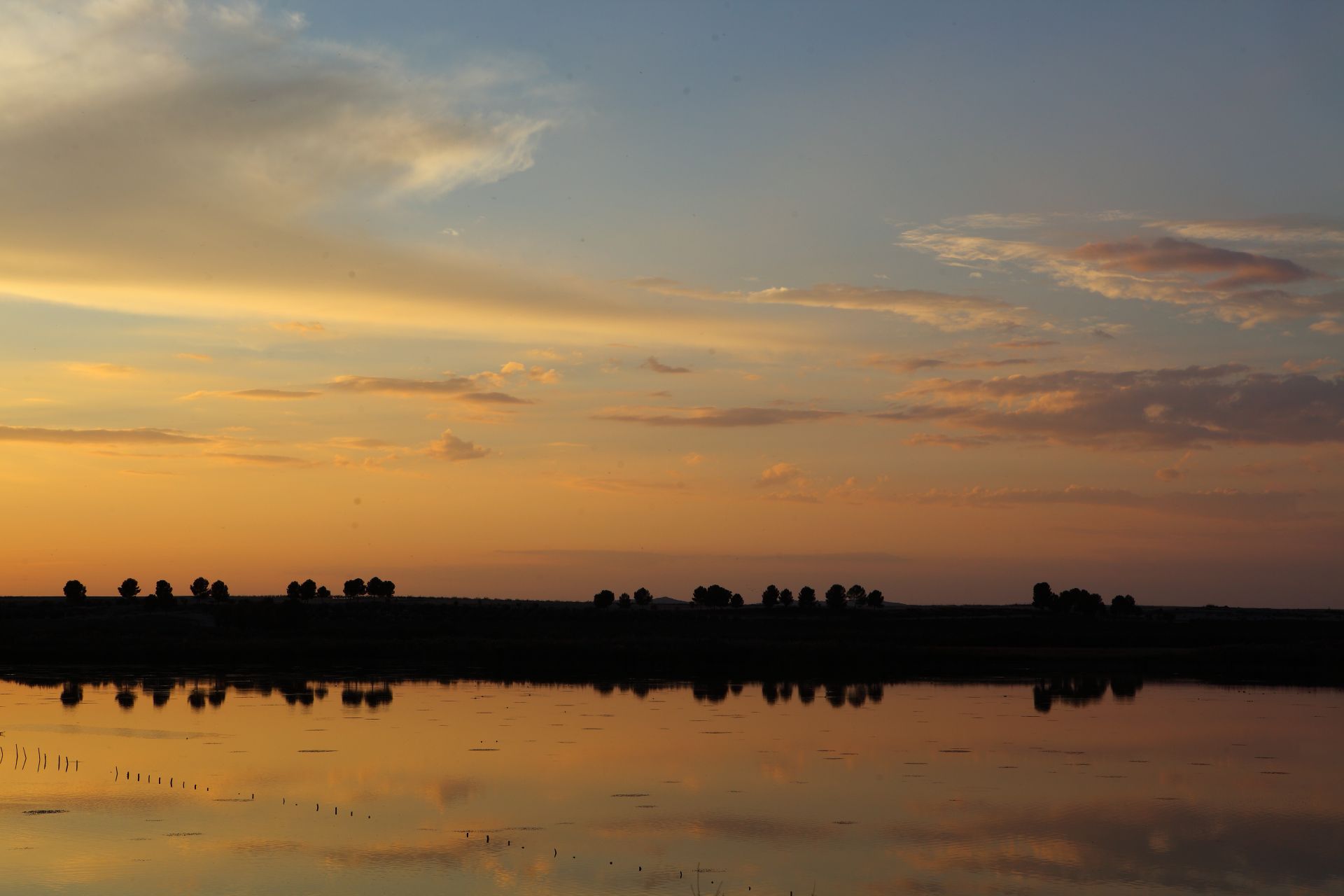
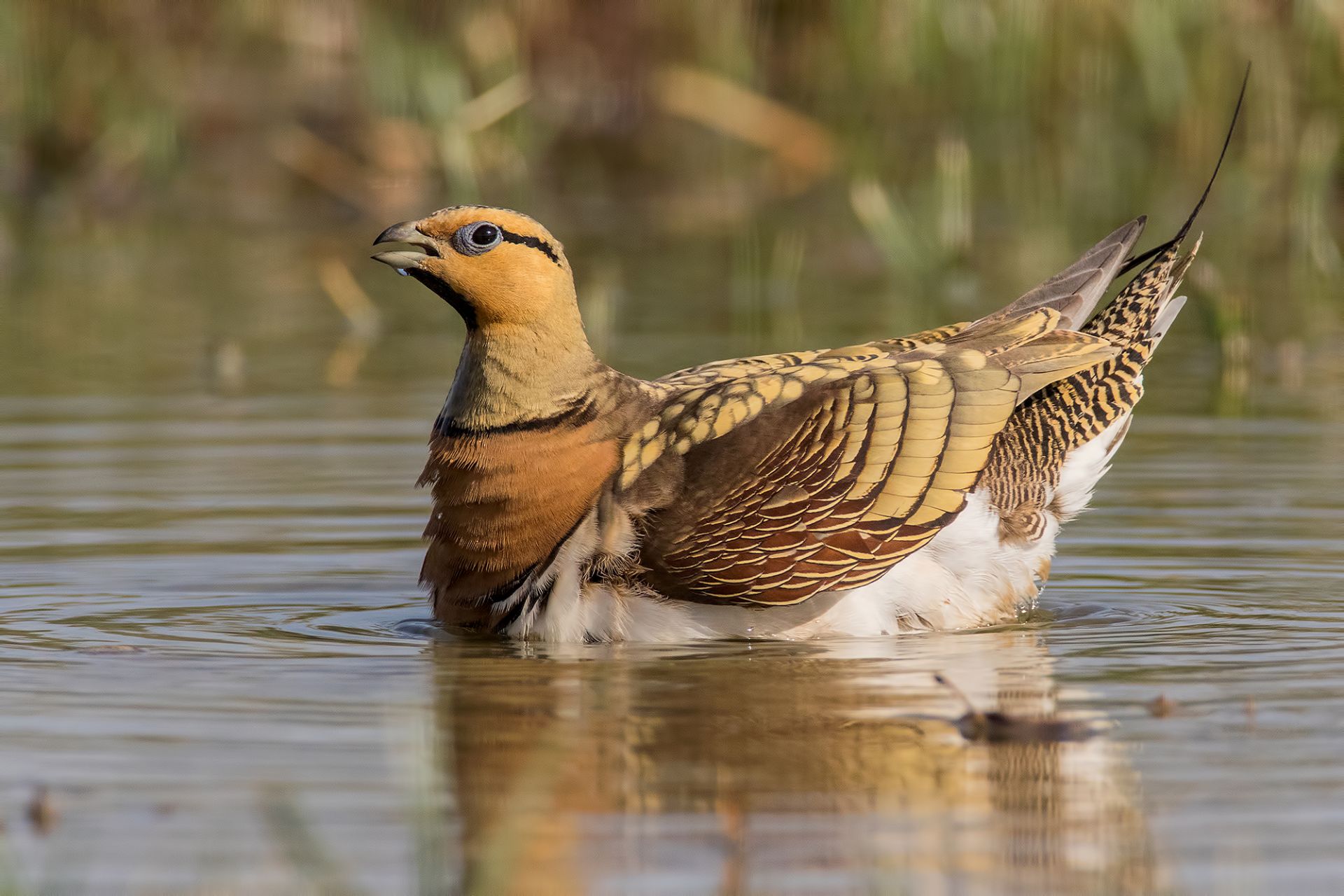
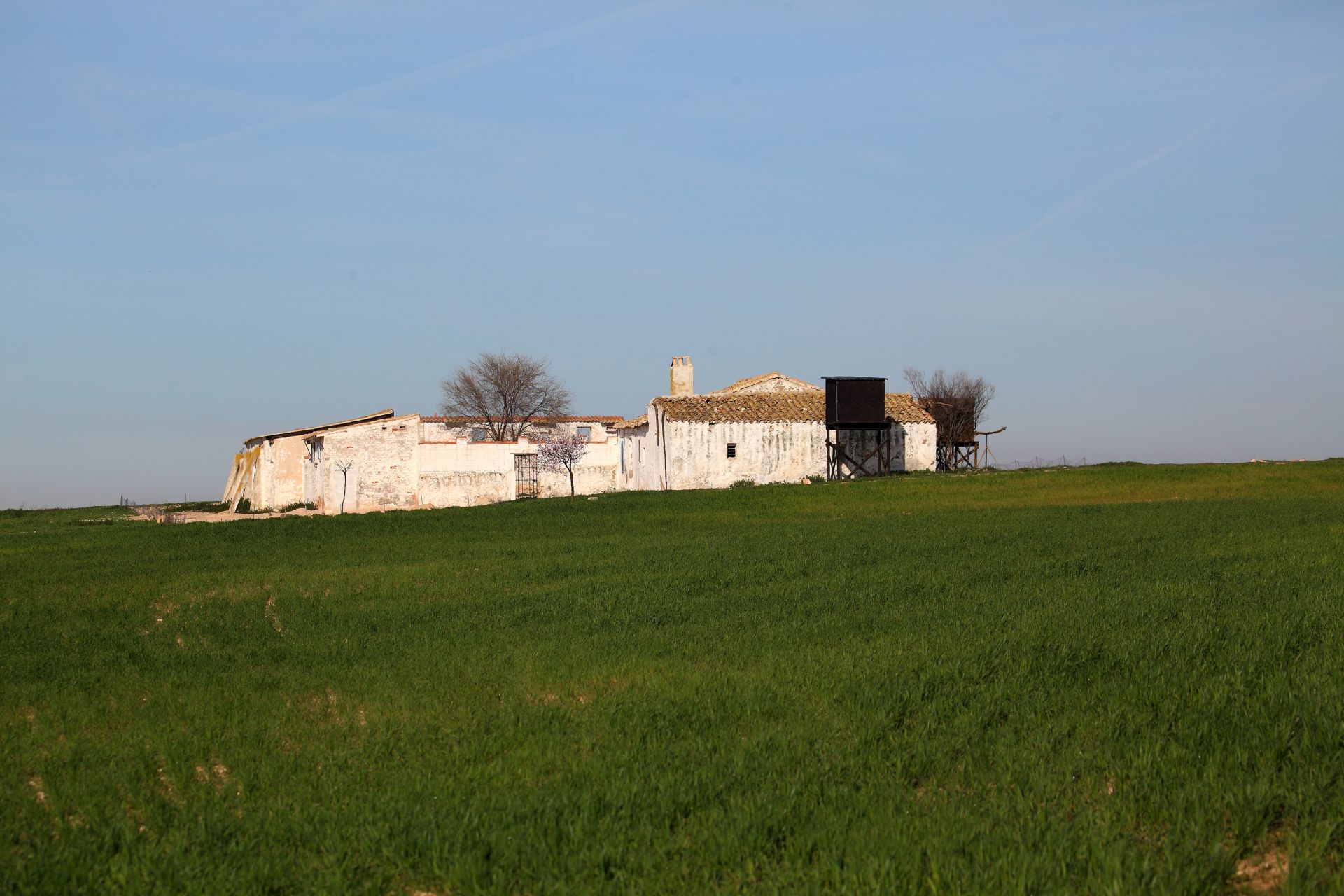
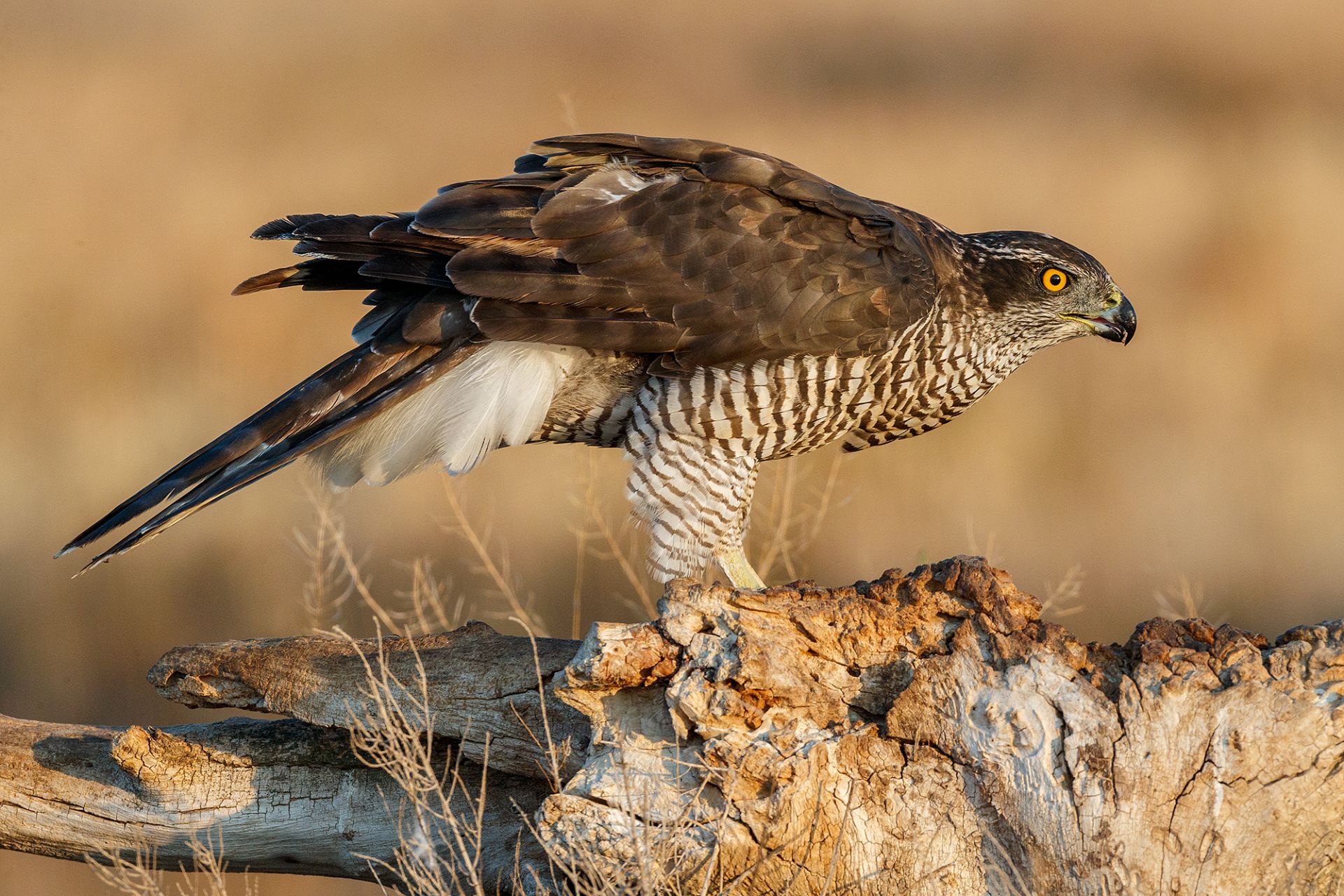
Overview: This Photography Workshop With Ron Bielefeld is focused on the spring birds of Leon and Toledo, Spain.
A unique opportunity to travel with award-winning photographer Ron Bielefeld and experience two very different and complementary destinations; an area near Madrid in central Spain and near Leon in the North of Spain. Each site has hides focusing on different species. Each day is divided into two photography sessions, morning and evening. Species we target in central Spain include: Hoopoe, Roller, Lesser Kestrel, Stone Curlew, Little Owl, Collard Pratincole, White headed Duck, Reed Warblers, Bearded Reedling, Cetti’s Warbler, Marsh Harrier, Black-necked and Crested Grebes. In Leon we photograph Black Woodpecker, Great Spotted Woodpecker and Wryneck, Dipper, Marsh Tit, Crested Tit, Great Tit, Blue Tit, Rock and Cirl Bunting, Yellowhammer, pied flycatcher, wren, mistle and song thrush, redstart, Griffon Vulture, Black Kite, Common Buzzard, and Egyptian Vulture. Please call if you have questions about this tour.
What’s Included
Photographic Reserve
The estate
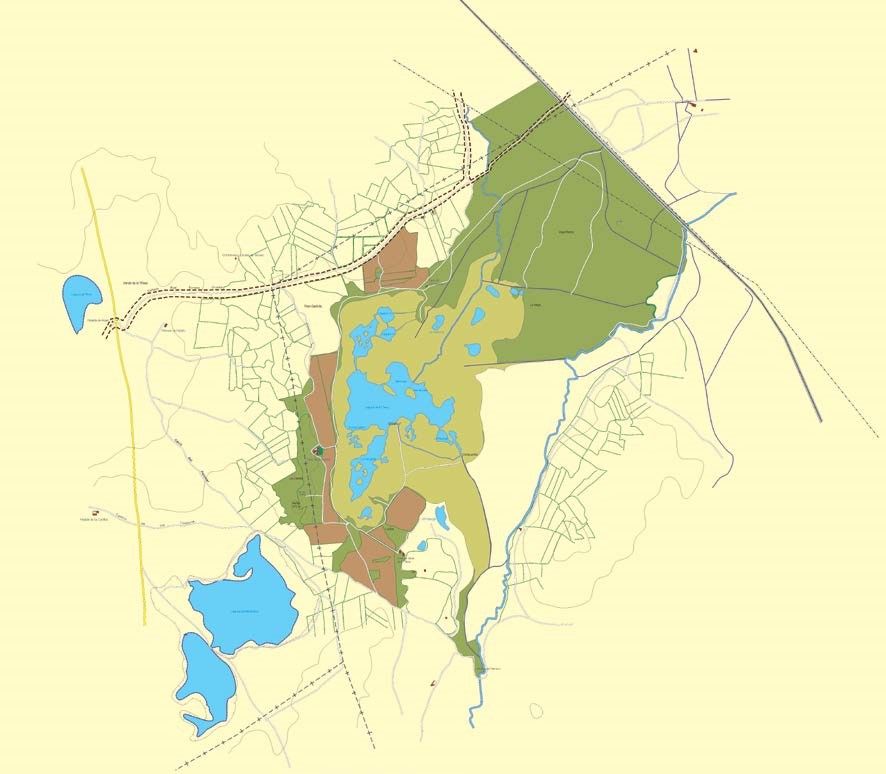 Map of The Lagoon. The colored areas define the limits of the private estate. Light green areas correspond to reedbeds; blue areas are open water surfaces; dark Green areas are the álbardinal` habitat to the East and the olive tree plantation to the West. Finally, the brown areas are agricultural and farming lands.
Map of The Lagoon. The colored areas define the limits of the private estate. Light green areas correspond to reedbeds; blue areas are open water surfaces; dark Green areas are the álbardinal` habitat to the East and the olive tree plantation to the West. Finally, the brown areas are agricultural and farming lands.Gallery
